The first time I asked my mum her age, she was 25.
I was four, and I vividly remember standing in our blue lino kitchen in my frilled ankle socks, watching my mum grate cheese for homemade macaroni (my favourite).
I don’t know why then, but I suddenly became suspicious that she might secretly be a person.
Of course, it would take me 20 more years to even begin to understand who that person was, but in my head when I think of my mum, I think of her at 25.
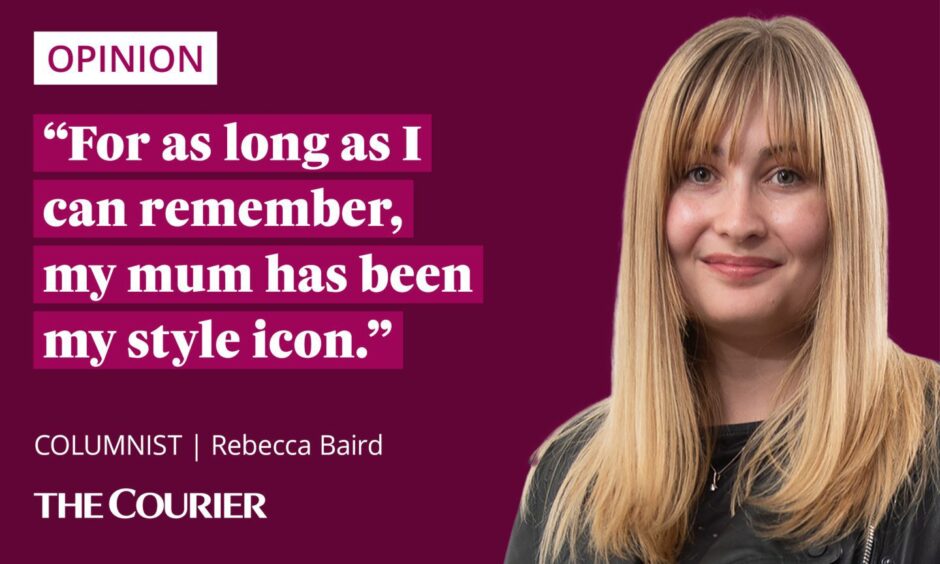
She’s not a regular mum – she’s a cool mum
We’ve always been two peas, mum and me, and as a kid I loved that because she was cool. Everyone thought so.
She was a bit younger than my pals’ mums and always looked more hip than them, in her boho cardigans or battered blue jeans.
To me, being just like my mum was the ultimate compliment, because that must mean I was cool too. I never minded matching with her, and we often still do it unintentionally.
But I quickly realised that for most people, being ‘just like your mother’ is used as an insult – not a compliment.
And I always thought it was strange when mum would say some oldy-worldy Scots phrase or shoot a sidelong look at the mirror and then scold herself, saying: “God, I’m turning into my mother.”
Personally, I couldn’t see it. Gran was, as far as I could tell, the opposite of mum.
Prim, uptight, and fairly formal, I never saw her in jeans unless she was gardening.
She had a glass cabinet of crystal ornaments, full of trapped rainbows. Gran liked things kept in their place.
Mum’s cabinets were full of lightly chipped porcelain plates from Asda, because she knew she’d wreck them.
I couldn’t see how she could possibly turn into her mother.
I look in the mirror, my mother looks back
Now at 28, I get it. I see my grandmother in my mother, and in myself too.
The way we’ve all learned to stir cheese sauce with a snapped wooden spoon because the sharp edge stops it getting lumpy. Or how we bite our index fingers when working out a problem.
But it’s my mum I see in the mirror when I get dressed these days.
For as long as I can remember, my mum has been my style icon. I remember enviously thumbing a violet velvet shirt she had when I was at nursery.
“When I grow up,” I said, “I want one like this.”
And now that the 90s and noughties are trendy again, all of a sudden I’ve been able to buy my dream wardrobe – the same stuff my mum was wearing in her 20s.
From afghan coats to jewel-toned turtlenecks, statement jewellery to denim flares, Mamma Baird fashion is back in a big way, and I am all about it.
Lately relish the opportunity to send a selfie to the family group chat captioned: ‘I’m you!’
But now I too catch myself incredulously saying: ‘God, I’m turning into my mother.’
A trick of the light and suddenly my eyes are hers staring back at me.
And I understand now why when she saw my gran in her, it took her breath away.
The power of turning into your mother
I think that when we see our mothers in ourselves, we’re not shocked by the adults we’ve become, so much as the clueless young women they once were.
It’s as if two timelines suddenly slam together and their younger selves are superimposed on to us for just a moment. And we can to see just how much they were making up as they went along.
When I woke up on my own 25th birthday during the 2020 Covid lockdown, I was once again in my socks, in my mum’s kitchen – albeit in a different house, with nicer flooring.
I was then, in my own mind, still just a girl. Not a real adult, just a cheap imitation of one. The equivalent of a wee lassie in her mum’s high heels.
Only then could I see that mum was just a girl too.
For some people, their mother is a troubling spectre they can’t help growing into.
For others, their mother is a ghost they can only hope they might resemble.
I’m aware of what a privilege it is to be able to see mine in me and feel stronger for it.
And this Mother’s Day, when we go out for lunch in accidentally matching outfits (again) and someone says ‘God, you’re the double of your mum’, I’ll think: Cool.
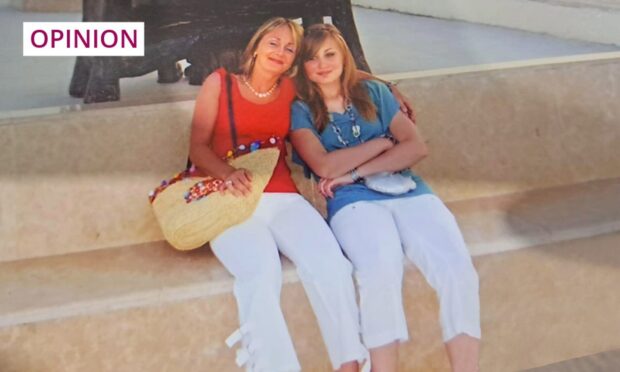
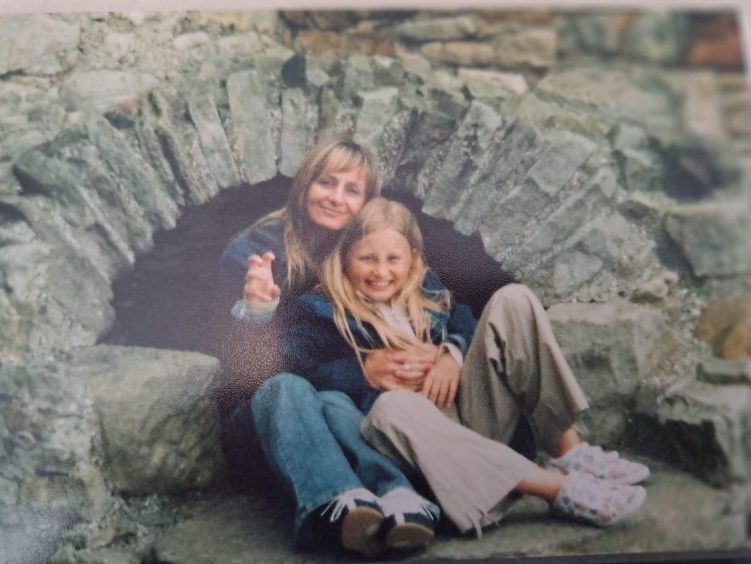
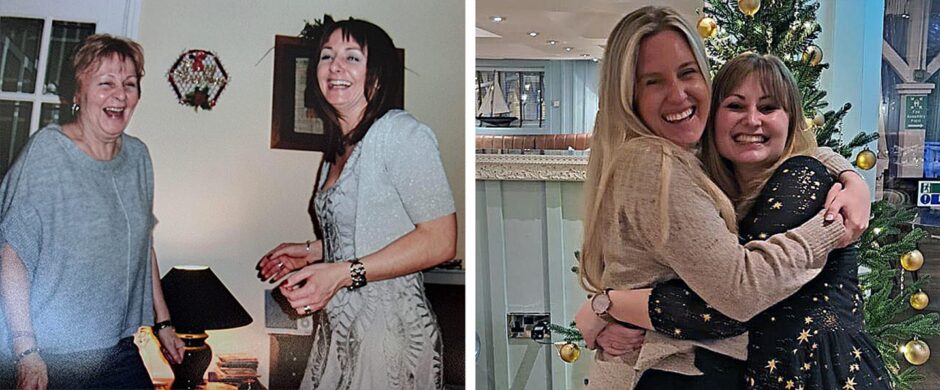

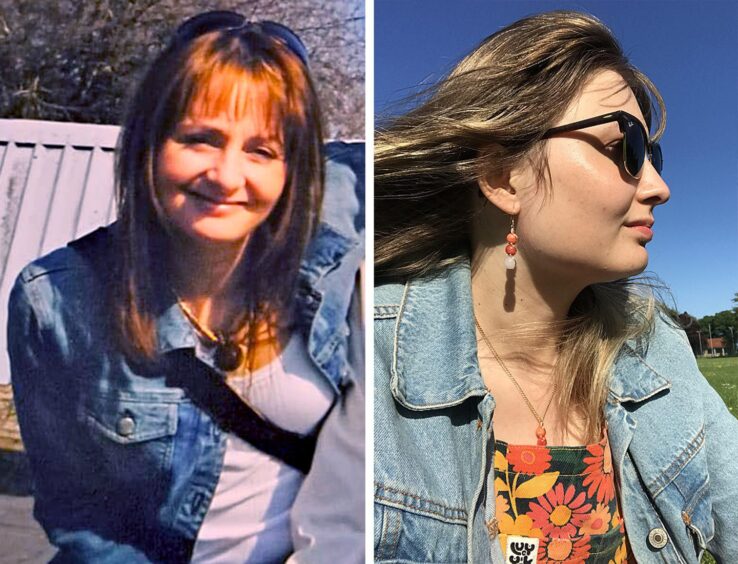

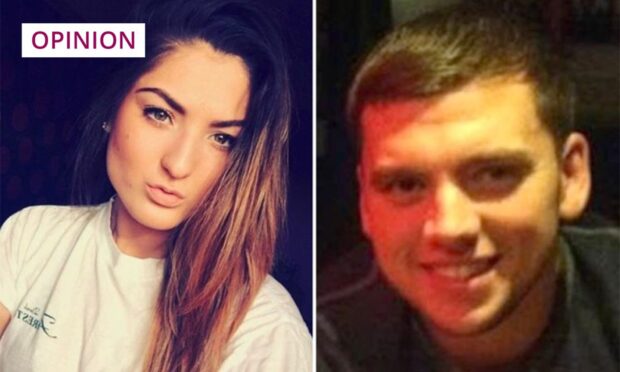









Conversation